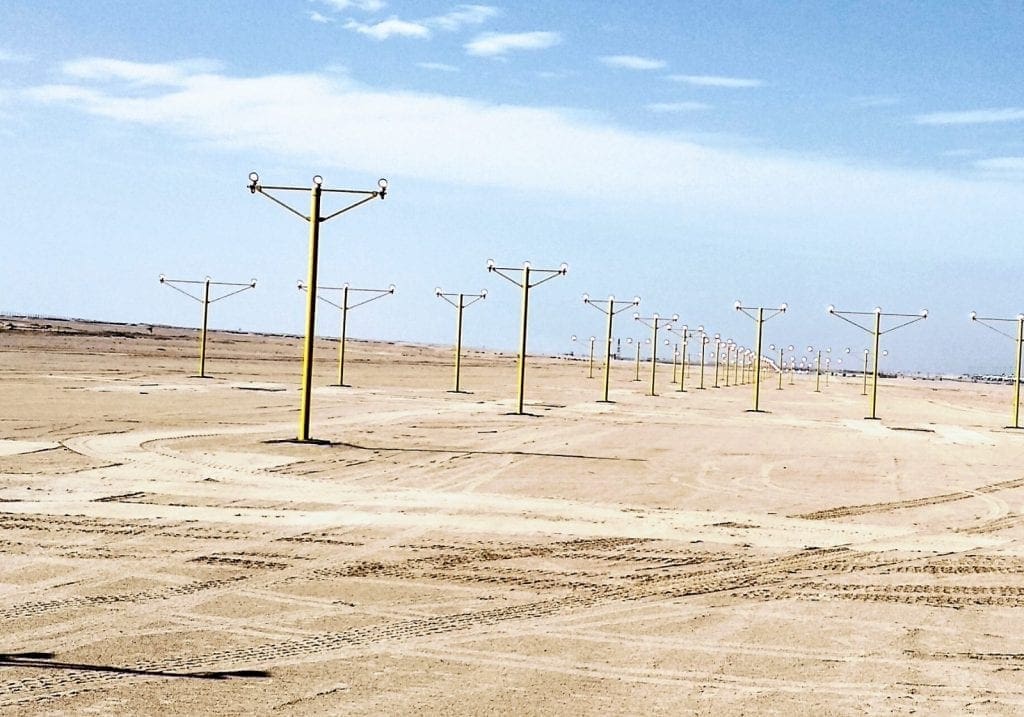Frangible structures have become essential in industries due to their safety and efficiency benefits. However, not all environments are the same. The performance of frangible structures can be influenced by regional and climatic conditions. To ensure these structures deliver optimal safety and reliability, it’s crucial to tailor their design and materials to meet the unique demands of different environments. Here we explore about adapting frangible structures for diverse regions and climates, ensuring they perform effectively wherever deployed.
Understanding the environmental challenges
Frangible structures are designed to break or collapse upon impact, in order to minimise the risk of damage and injury. However, the environmental conditions in which they operate can significantly affect their performance. Different climates and regions present unique challenges. These include extreme temperatures, high winds, heavy snowfall, corrosive environments, and varying levels of UV radiation. Adapting frangible structures to these conditions is key to maintaining their integrity and functionality over time.
Adapting to extreme temperatures
In regions with extreme temperatures (whether that be intense heat or immense cold) materials must be carefully selected to ensure that frangible structures perform as intended.
Hot climates
In areas with high temperatures, materials used in frangible structures must be able to withstand thermal expansion. They should be protected from potential degradation caused by prolonged UV exposure. Using UV-resistant coatings and heat-resistant polymers can prevent materials from becoming brittle or losing strength over time. Additionally, ensuring that materials do not expand excessively under heat is crucial to maintaining the structure’s integrity.

Cold climates
In cold regions, materials must resist becoming too brittle and must be capable of withstanding repeated freeze-thaw cycles. The use of polymers and composites that maintain their flexibility and strength at low temperatures can prevent premature failure. Special attention must be paid to ensuring that the frangible components do not freeze together. This could compromise their ability to break away upon impact.
Ensuring wind resistance in high-wind areas
High winds present another challenge, particularly in coastal regions or areas prone to hurricanes or typhoons. In these environments, frangible structures must be designed to withstand strong gusts while still retaining their frangible properties.
Wind load considerations
The design of frangible structures in high-wind areas requires careful consideration of wind loads. Structures should be aerodynamically shaped to reduce wind resistance and prevent excessive stress on the materials. Reinforcing the base of the structures can also provide added stability without compromising the frangible nature of the upper portions.
Anchoring systems
Effective anchoring systems are essential in high-wind areas. They ensure frangible structures remain securely in place but can still perform their intended function during an impact. These systems must be robust enough to handle high winds but designed to break away safely when necessary.
Adapting to corrosive environments
In coastal regions or industrial areas where corrosion is a significant concern, frangible structures must adapt again. They must be made from materials that resist degradation due to saltwater, chemicals, or other corrosive agents.
In highly corrosive environments, regular inspections and maintenance are critical to identifying and addressing early signs of corrosion. It’s important to identify these signs before they can affect the frangibility of the structure or cause more damage. A proactive maintenance schedule is so important. It can help mitigate the long-term effects of corrosion and ensure ongoing safety and high performance.
Customising frangible structures for global success
Frangible structures are a critical component in ensuring safety and efficiency in various industries. However, to fully realise their potential, these structures must be tailored to the specific environmental challenges of the regions where they are deployed. By adapting materials, designs, and maintenance practices to meet the unique demands of different climates and regions, frangible structures can deliver reliable performance, enhanced safety, and long-term value.

Frangible structures can be customised to meet the demands of any environment. At Pollite, our ability to adapt frangible structures to diverse conditions ensures that they remain a cornerstone of safe and efficient operations worldwide. We work with you to design and manufacture products that meet your exact requirements. Our design engineers have worked on some of the world’s most challenging projects and delivered innovative solutions.
Pollite worked on a project to supply an airbase in the UAE with a new approach. Temperatures in this desert location can reach 50°C. This gel coating enables them to endure harsh UV light without changing colour or fading.
—
For more information about our products and how they adapt to diverse environments, contact our team.